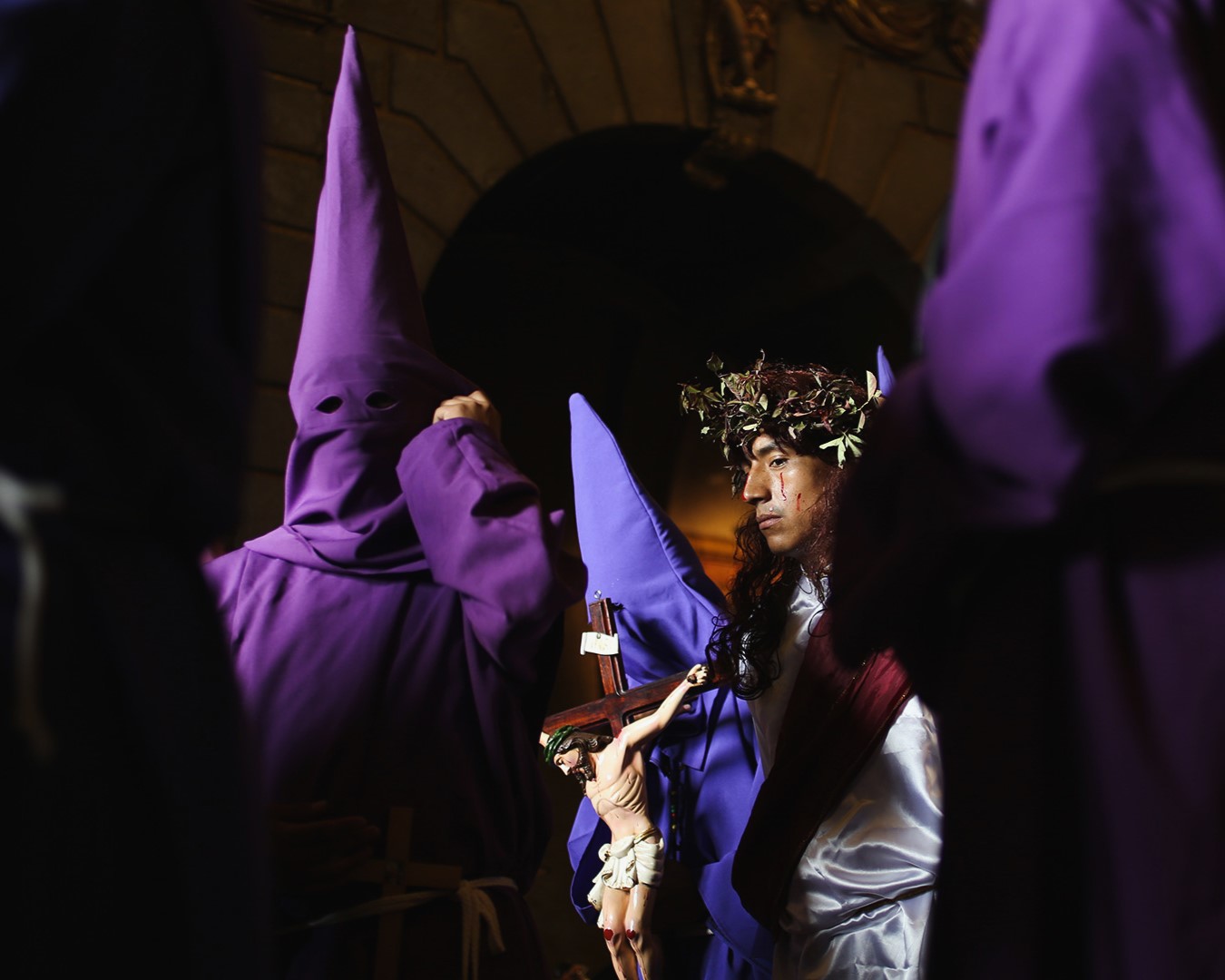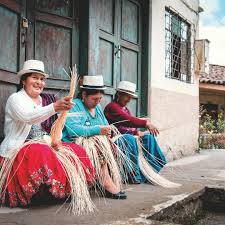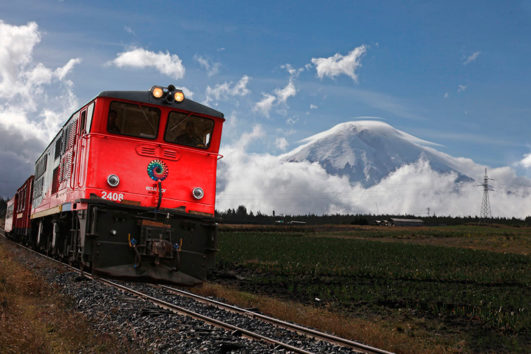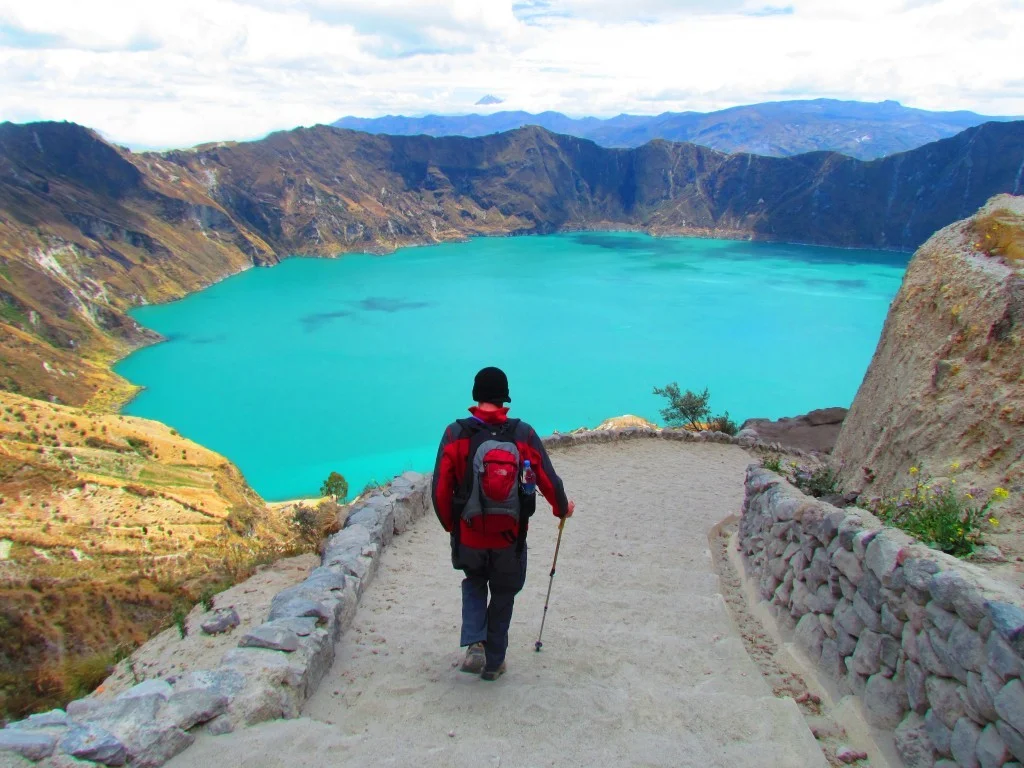Holy Week in Cuenca is an unforgettable experience that combines tradition, culture, and spirituality. Every year, this picturesque city in Ecuador transforms into a vibrant hub of religious festivities, drawing thousands of visitors from around the world. If you’re planning a trip to Cuenca, there’s no better time to immerse yourself in its rich heritage and witness the spectacular events of Holy Week.
Dating back to the 17th century, Holy Week in Cuenca is a deeply rooted tradition that captivates both locals and tourists. The city’s unique blend of Incan and Spanish heritage provides a stunning backdrop for the numerous processions, ceremonies, and rituals that take place throughout the week. From the solemnity of Good Friday to the joyous celebrations of Easter Sunday, each day offers a new and meaningful experience.
What makes Holy Week in Cuenca truly special is the sense of community and devotion that permeates the city. As you walk through the historic streets, you’ll encounter beautifully adorned altars, passionate performances, and heartfelt prayers that reflect the city’s strong religious identity. Whether you’re a devout believer or simply curious about cultural traditions, you’ll find yourself moved by the profound expressions of faith and unity.
In this blog post, we’ll guide you through the highlights of Holy Week in Cuenca, from the must-see processions to the best spots for photography. We’ll also provide practical tips on how to make the most of your visit, including where to stay, what to eat, and how to navigate the city’s bustling streets. So, get ready to embark on a journey of discovery and celebration as we explore the magic of Holy Week in Cuenca.
Let’s dive into the details of this remarkable event and discover why it should be on every traveler’s bucket list.
The Historical Significance of Holy Week in Cuenca
Holy Week in Cuenca, known as Semana Santa, is a tradition that dates back to the 17th century. This deeply rooted cultural event is an integral part of Cuenca’s identity, reflecting its rich history and religious fervor. The origins of Semana Santa in Cuenca can be traced to the Spanish colonial period, when Catholicism was firmly established in the region.
The evolution of Holy Week in Cuenca has been shaped by various historical events and figures. Over the centuries, the celebrations have grown in scale and significance, becoming a major attraction for both locals and tourists. The processions, rituals, and ceremonies that take place during this week are a testament to the city’s enduring devotion and cultural heritage.
Origins and Early Development
The roots of Semana Santa in Cuenca can be traced back to the arrival of Spanish colonists in the 16th century. The colonists brought with them their religious traditions, which were quickly adopted by the local population. By the 17th century, Holy Week had become a well-established event in Cuenca, with elaborate processions and ceremonies being held throughout the city.
One of the key figures in the early development of Semana Santa in Cuenca was Bishop Pedro de la Peña, who played a crucial role in organizing and promoting the celebrations. His efforts helped to solidify the event’s importance in the local religious calendar, ensuring its continuation for future generations.
Evolution Through the Centuries
As the centuries passed, Semana Santa in Cuenca continued to evolve, incorporating new elements and traditions. The 18th and 19th centuries saw the introduction of more elaborate processions, with participants donning intricate costumes and carrying ornate religious statues. These processions became a central feature of the celebrations, drawing large crowds of spectators.
During the 20th century, Semana Santa in Cuenca underwent further changes, as the city modernized and its population grew. The processions became more organized and professional, with dedicated brotherhoods (known as cofradías) taking responsibility for their planning and execution. This period also saw the introduction of new processions and events, adding to the richness and diversity of the celebrations.
Significance in Modern Times
Today, Semana Santa in Cuenca is a major cultural and religious event, attracting thousands of visitors from around the world. The celebrations are a testament to the city’s deep-rooted religious traditions and its vibrant cultural heritage. The processions, which take place throughout the week, are a striking display of devotion and artistry, with participants carrying beautifully crafted statues and religious icons through the streets.
The significance of Semana Santa in Cuenca extends beyond its religious aspects. The event is also an important social and cultural occasion, bringing together people from all walks of life. It provides an opportunity for the community to come together, celebrate their shared heritage, and pass on their traditions to future generations.
For those visiting Cuenca during Holy Week, the experience is truly unforgettable. The city’s historic streets and stunning architecture provide a breathtaking backdrop for the processions, creating a unique and immersive atmosphere. Whether you are a devout believer or simply a curious observer, Semana Santa in Cuenca offers a fascinating glimpse into the city’s rich history and cultural identity.
Key Processions and Events During Holy Week
Holy Week in Cuenca is marked by a series of processions and events that draw thousands of participants and spectators. This section will provide an overview of the most significant processions, their routes, and their unique features.
Each procession has its own historical significance and unique characteristics, making Holy Week in Cuenca a truly unforgettable experience. Below are some of the key processions you won’t want to miss.
Palm Sunday: La Borriquilla
The Holy Week celebrations in Cuenca begin with the Palm Sunday procession known as La Borriquilla. This procession commemorates Jesus’ triumphant entry into Jerusalem. Participants carry palm and olive branches, symbolizing peace and victory. The route starts at the Church of San Felipe Neri and winds through the historic streets, passing notable landmarks such as the New Cathedral.
Holy Monday: Procession of the True Cross
On Holy Monday, the Procession of the True Cross takes center stage. This solemn event features a large wooden cross carried by members of the brotherhood. The procession begins at the Church of El Salvador and proceeds to the Plaza Mayor, offering a poignant reflection on the crucifixion of Jesus.
Holy Tuesday: Procession of Forgiveness
The Procession of Forgiveness on Holy Tuesday is a deeply moving event. Participants, dressed in traditional robes, carry statues depicting scenes from the Passion of Christ. The procession starts at the Church of San Andrés and makes its way through the city, passing by the iconic Hanging Houses of Cuenca.
Holy Wednesday: Procession of Silence
The Procession of Silence on Holy Wednesday is one of the most striking events of Holy Week. As the name suggests, this procession is conducted in complete silence, creating a powerful atmosphere of contemplation and reverence. The route begins at the Church of San Felipe Neri and moves through the ancient streets of Cuenca, ending at the New Cathedral.
Holy Thursday: Procession of Peace and Charity
Holy Thursday features the Procession of Peace and Charity, a significant event that highlights the themes of peace and compassion. The procession starts at the Church of San Nicolás and traverses the city, stopping at various points for prayers and reflections. This event is known for its elaborate costumes and beautifully adorned floats.
Good Friday: The Way to Calvary
Good Friday is marked by multiple processions, with the most notable being The Way to Calvary. This early morning procession, also known as Las Turbas, involves participants reenacting the mockery of Jesus on his way to the cross. The route begins at the Church of San Andrés and includes stops at significant landmarks such as the Church of San Felipe Neri, where the Miserere is sung.
Holy Saturday: Procession of the Holy Burial
On Holy Saturday, the Procession of the Holy Burial takes place. This solemn event commemorates the burial of Jesus and features a beautifully crafted statue of Christ in a glass coffin. The procession starts at the Church of El Salvador and moves through the historic center, ending at the New Cathedral.
Easter Sunday: The Procession of the Resurrected
The celebrations culminate on Easter Sunday with the Procession of the Resurrected. This joyful event marks the resurrection of Jesus and is characterized by lively music, colorful costumes, and a festive atmosphere. The procession begins at the Church of San Francisco and concludes at the Plaza Mayor, where participants celebrate with songs and dances.
Each of these processions offers a unique glimpse into the rich traditions and deep-rooted faith of the people of Cuenca. Whether you’re a devout believer or simply interested in cultural heritage, experiencing Holy Week in Cuenca is an opportunity not to be missed.
Cultural and Religious Significance of Holy Week
Holy Week in Cuenca is not just a series of events; it is a deeply significant cultural and religious experience. This section will explore the broader cultural and religious significance of the celebrations.
Holy Week, or Semana Santa, is a time when the city of Cuenca comes alive with a profound sense of devotion and community. The celebrations are a testament to the city’s rich cultural heritage and religious fervor, deeply rooted in centuries-old traditions.
Religious Significance
At its core, Holy Week in Cuenca is a commemoration of the Passion, Death, and Resurrection of Jesus Christ. The various processions and ceremonies held throughout the week serve as a powerful reminder of the central tenets of the Christian faith. According to local religious leaders, these events are not merely reenactments but acts of worship and devotion that bring the community closer to their faith.
The processions, featuring elaborately decorated floats and statues, often depict scenes from the Passion of Christ. These visual representations serve as a form of catechesis, educating the faithful and fostering a deeper understanding of the events leading up to Easter Sunday. As Father José Luis, a prominent local priest, explains, “The processions are a way for us to live out our faith, to walk with Christ in his suffering and to rejoice in his resurrection.”
Cultural Impact
Beyond its religious aspects, Holy Week in Cuenca is a significant cultural event that influences various facets of local life. The celebrations have a profound impact on local art, music, and traditions. Making them an integral part of Cuenca’s cultural identity.
Artists and craftsmen spend months preparing for Holy Week, creating intricate floats, costumes, and decorations. These artistic expressions are a testament to the city’s rich cultural heritage and the skill of its artisans. Music also plays a crucial role, with traditional hymns and marches performed by local bands. Adding to the solemnity and grandeur of the processions.
Holy Week is also a time for families and communities to come together. The shared experience of participating in or witnessing the processions fosters a sense of unity and belonging. As cultural expert María Fernanda notes. “Holy Week is a time when the entire community comes together, transcending social and economic differences. It is a celebration of our shared heritage and faith.”
Influence on Local Traditions
The influence of Holy Week extends beyond the religious and cultural spheres, shaping various local traditions and customs. For instance, many families in Cuenca observe specific culinary traditions during Holy Week. Preparing traditional dishes that have been passed down through generations. These meals often feature ingredients that hold symbolic significance, such as fish, which represents Christ.
Additionally, Holy Week has a significant impact on the local economy. The influx of visitors during this period provides a boost to local businesses. Particularly those in the hospitality and tourism sectors. Hotels, restaurants, and shops see increased activity, contributing to the economic vitality of the city.
In conclusion, Holy Week in Cuenca is a multifaceted celebration that holds deep religious, cultural, and social significance. It is a time when the city comes together to honor its traditions, express its faith, and celebrate its unique cultural heritage. Whether you are a devout believer or a curious observer, experiencing Holy Week in Cuenca offers a profound and enriching glimpse into the heart and soul of this historic city.
Embrace the Spirit of Holy Week in Cuenca
Holy Week in Cuenca, or Semana Santa, is a truly unique experience that intertwines religious devotion, cultural richness, and a profound sense of community. As you stroll through the historic streets, you’ll encounter the vibrant processions, beautifully adorned altars, and heartfelt prayers that make this celebration unforgettable. The blend of Incan and Spanish heritage provides a stunning backdrop, creating an atmosphere that is both solemn and joyous.
Throughout the week, various processions such as La Borriquilla on Palm Sunday, the Procession of the True Cross on Holy Monday, and the Procession of Silence on Holy Wednesday captivate both locals and visitors. Each event offers a unique glimpse into the deep-rooted traditions and cultural significance of Cuenca. The dedication and artistry displayed in these processions are a testament to the city’s enduring religious fervor and cultural heritage.
Beyond the religious aspects, Holy Week in Cuenca is a time for the community to come together. Transcending social and economic differences. The celebrations have a profound impact on local art, music, and traditions, adding to the city’s rich cultural tapestry. This period also boosts the local economy. With increased activity in the hospitality and tourism sectors, making it an important event for businesses and residents alike.
Key Takeaways
- Experience the profound sense of community and devotion during Holy Week in Cuenca.
- Witness the stunning processions and beautifully crafted religious statues.
- Immerse yourself in the city’s rich cultural heritage and traditions.
- Enjoy the local art, music, and culinary traditions that flourish during this period.
Whether you’re a devout believer or simply curious about cultural traditions. Holy Week in Cuenca offers a profound and enriching experience. We invite you to visit Hotel Boutique Mansión Alcázar to make the most of your stay. Book your trip now and immerse yourself in the magic of this historic celebration. Don’t miss out on this opportunity to create lasting memories and connect with the heart and soul of Cuenca.




